Can you imagine that this gorgeous Black Rosy-Finch, may just be a subspecies of a much more broad species?
That’s a pretty big statement--given these 3 species breed in specific ranges, separate from one another. Given the obvious visual differences, this is a pretty wild statement as a birder to take in. I often am floundered at the splitting and lumping of species based off these studies. The tiniest similarities or differences at the molecular level leading to change, while the visual, geographic, aural, display rituals, and other various identification models used for centuries are put to the wayside.
Possibly, the future Hepburn's race, or the Gray-crowned subspecies of the American Rosy-Finch?
For science, this makes sense. As science evolves, so does our understanding of the creatures impacted. For scientific purposes I get the point. But maybe there is something to be said about the non-scientific community. Those of us who enjoy watching and photographing birds. And for listers, who enjoy keeping those pesky checklists and minutiae details about their day to day birding. Maybe there needs to be two sides to birds--science and birding.
It’s not hard to argue that birding is not scientific. You could make arguments to the contrary but most birders are not scientists, and citizen science in relation to birds is run through eBird, CBC, GBBC, and various other highly unscientific counting methods. The data provided from these events, and even through eBird is highly riddled with bad data. I love eBird and what it is doing, so don’t get me wrong--but citizen bird science is limited to what we know, based off these old school models-- visual, geographic, aural, and display rituals. Those same things that science is now leaving behind in favor of genetics.
This Prairie Falcon is more closely related to the Monk Parakeet below, than any hawk...
On a side note, the same study on falcons showed that grebes are not remotely related to loons, but are more closely aligned with--anyone have a guess? How about flamingos? That’s right, flamingos. These studies are truly interesting, but for FIELD IDENTIFICATION, or birding purposes, these studies present serious issues.
For starters let’s look at falcons. These birds more closely resemble hawks than parrots--so for ID purposes it makes sense to have them with hawks in a field guide--what good does it do for quick reference having them listed with parrots--which they share no plumage characteristics with? Same with grebes. It does little good to show grebes next to a long legged wader like a flamingo, when they look more like loons, and share the same habit of diving to feed.
I totally get why this Western Grebe is more closely related to Flamingos than Loons. Don't you see the resemblance? (sarcasm)
These areas are more broad and not species split/lump specific, but they have the same identification ramifications. If we look specifically at Rosy-Finches, anyone who has all three North American species would see their life lists drop by 2 species. You would also see field guides now showing the species like it does with Dark-eyed Junco--and a plethora of subspecies (I also think they should split Dark-eyed Junco into at least species--argument for another day). Gulls could end up being a nightmare if they go through and eventually do some mass lumping there--which again, I won’t get into.
This composite shows 6 (or 5.5 that Kumlieni up front is questionable) species of white-headed gulls. What if one day they were all lumped into one genetically correct species?
The point of this post was to talk about listing and birding as something different from the scientific aspect of things. It’s as if there needs to be a field guide for birding and listing--and a scientific guide for bird taxonomy. Visuals are the first thing we notice when we look at birds--the characteristics that are used to describe a bird are what easily categorizes and group them with one another, and makes them comparable to each other. For beginning birders this is the way they learn--compare and contrast.
(from left to right) Great Basin Canada Goose, with Lesser Canada Goose, with an apparently bulky Cackling Goose, and smaller typical Cackling Goose.
From the listing side of things, who doesn’t hate to see their life list shrink when the AOU lumps one species. Of course we all love it when the split species (Canada and Cackling Goose anyone). As an experiment I might have to go through and create a list of the birds of North America separated down to the most obvious visual subspecies. Then go in and see what my life list would be done this way. I know, I know, this is a purely selfish listing mentality. But in a sense it is also the most dumbed down way to identify birds, and potentially a better system for birding.
This has gone all over the place, I guess it’s about time to wrap it up. These are just my personal musings, and ramblings--but an interesting way of viewing things. Anyone care to talk about the importance of field identification, versus listing, versus science?
Labels: checklist, commentary, life birds, listing
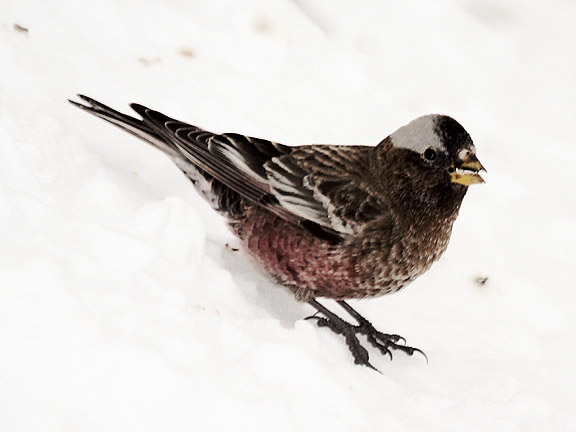
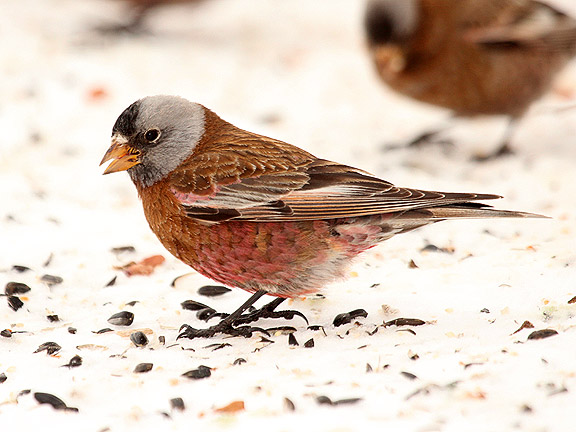
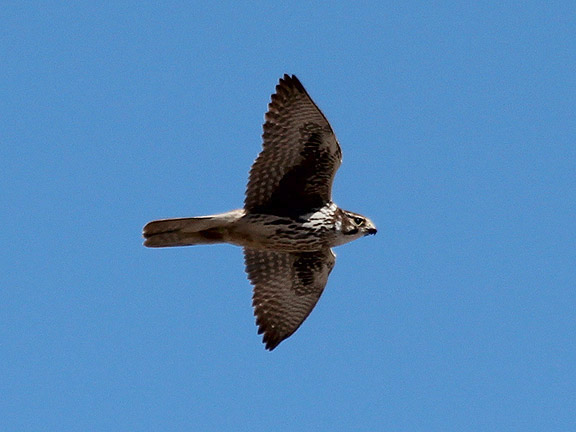
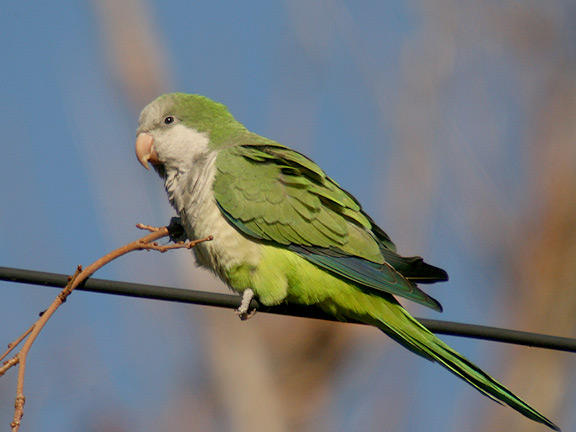
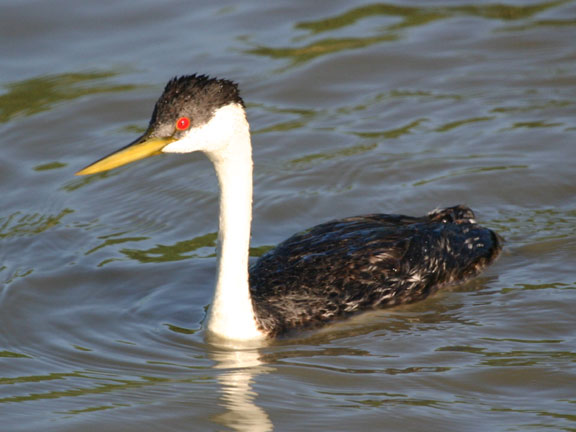
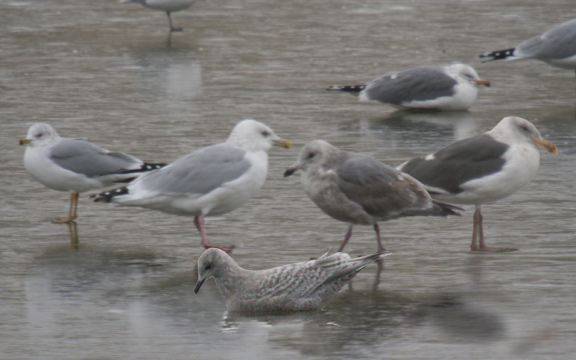
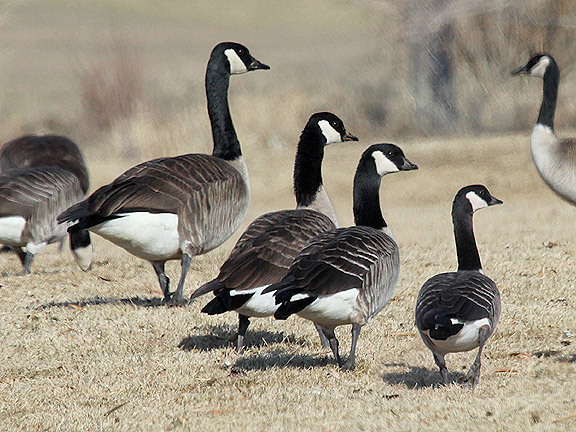

6 Comments:
Seems to me that birding should follow science. Whatever science dictates, we as birders should follow and adapt to the changes. That is the way it has been done the last 200 years so why not?
If we have been using field marks, plumage, and sound to identify birds for that long, and in reality it's the wrong way to do it, why not correct that going forward and have birding and science align better?
I think there are plenty of bird watchers out there that would love to see a field guide broken down to subspecies as their own species. I could have 4 junco species days that way.
It is interesting how the taxonomy has changed back and forth so much for so many things in the past few decades. We are learning, and progressively becoming more accurate. I am one that really is a bit over obsessive about accuracy. I always want things to be the most correct when able.
For a bird guide, I think that accuracy is of upmost importance. Taxonomy serves the purpose of helping us see how creatures relate to one another evolutionarily. In attempts to show you the other side of the falcon example for instance, if a new birder picks up a field guide and sees the peregrine falcon no where near any hawk, yet following parrots, they may be extremely confused. BUT, they will inevitably ask why, and in turn learn about how falcons relate to passerines and psittacids, and also a bit about convergent evolution. Exciting!
After all, don't you think it matters little about how many "species" you see? I guess if that is what it is all about for you, but in reality, if it is a species or subspecies, it is still fun and exciting to see the bird. If, for instance, you saw a black rosy finch, and it was considered an american rosy finch, you are still seeing something different that was considered a separate species the year before. Bummer, you can't add a number to your list. I don't know, seems arbitrary to me....
I guess it all comes down to what you are in it for, the love of birding and the sight/aesthetic of the birds, or the 729 badge for your life list. People are all different and do it for other reasons. I guess perhaps there should be a bird guide for listers. Might be a bit confusing for people and breed misinformation...
Since high-school I have loved the topic of convergent evolution. It's a fun topic and I'm glad you brought it up. Another great example is old world vultures and new world vultures. Old world vultures are closely related to hawks while our vultures are more closely related to storks.
I also feel it to be arbitrary when they lump and split species. If it messes your lists I figure it messes everybody's lists the same. When I first started birding the Rosy finch was one species. It is fun when they split them and not so fun when they lump them.
Matt,
Actually, something that is a bit frustrating about this whole issue is what Tim is trying to focus on; that things that change are often changed right back. So when something is changed, how do we know it is changed to be the most accurate? It is frustrating for those who are trying to build a life list, and those that want a quick intuitive guide to reference.
My reply comes in response to your comment on Cathartidae. As I stated before, I am a stickler for accuracy. Interestingly enough, in 2007 in the AOU 48th supplement, cathartidae was removed from ciconiformes and returned to falconiformes, which has since been split into falconiformes and accipitriformes, cathartidae belonging to the latter.
So, why the hell does all of this matter when we just want to watch and count birds??!! Like I said before, it all comes down to what each of us are into. Tim seems to be a very competitive birder, who loves the game and having an impressive life list(which I am sure he already does). I really geek out on taxonomy, but I am more or less into birding for the aesthetic and experience of absorbing the beauty and behaviors of the winged world. This idea of why each of us enjoy birds might be a good blog post. I'd love to hear others ideas.
I think it is inaccurate to refer to "those same things [plumage, behavior, etc.] that science is now leaving behind in favor of genetics." Genetics is simply one more way to learn about birds. And I think that recreational birders and sometimes even professional geneticists misunderstand what genetics can tell us about birds. In regards to the Rosy-Finches, the authors of that study did not find any genetic differences between the three North American species, but that does not mean that they are not different species. This is exactly where reference to plumage, behavior, etc. becomes important, and will OVERRIDE the findings from genetics. (This is why it is wrong to say that science is leaving those things behind in favor of genetics.) For recently split species, especially ones with large population sizes, it isn't always easy to find genetic evidence of their differentiation. For example, Polar Bears and Grizzly Bears both share some mitochondrial sequences. Same thing with many species of ducks and gulls - even species that are not closely related. For example, Gadwalls and Eurasian Wigeon share some mitochondrial DNA sequences. Clearly, Grizzlies and Polar Bears are separate species. Clearly, Gadwalls and Eurasian Wigeons are separate species. But the genetics doesn't always show that, and that's why we never take genetics alone, without evidence from other areas like molt, migration, behavior, and plumage.
There are separate issues when you get into the higher taxonomic levels - hawks, falcons, and parrots, for example. In this case, it is fascinating what genetics can tell us about how different groups evolved to look like one another (the convergent evolution that Matthew referred to). But I agree it is foolish to favor taxonomy strictly in a context like a field guide. The purpose of a field guide is to identify birds in the field. For that purpose, it makes the most sense to have the falcons near the hawks. In my opinion, this is a case when intuition should override taxonomy, because the goal is not to represent taxonomy accurately, but rather to help people identify birds.
Post a Comment
Subscribe to Post Comments [Atom]
<< Back to Previous